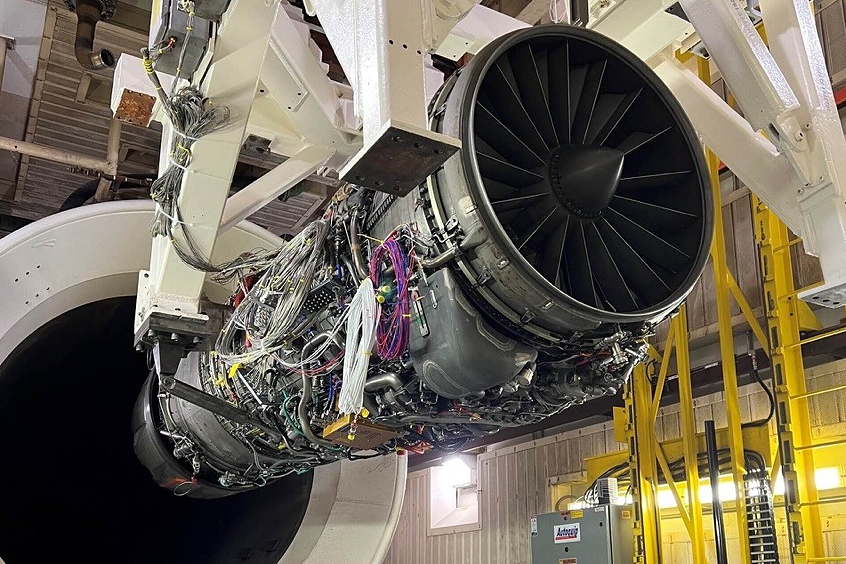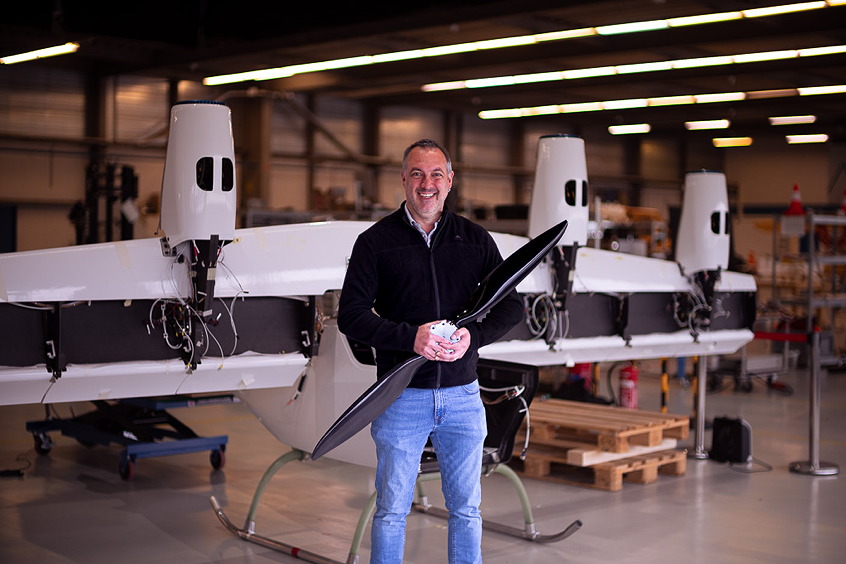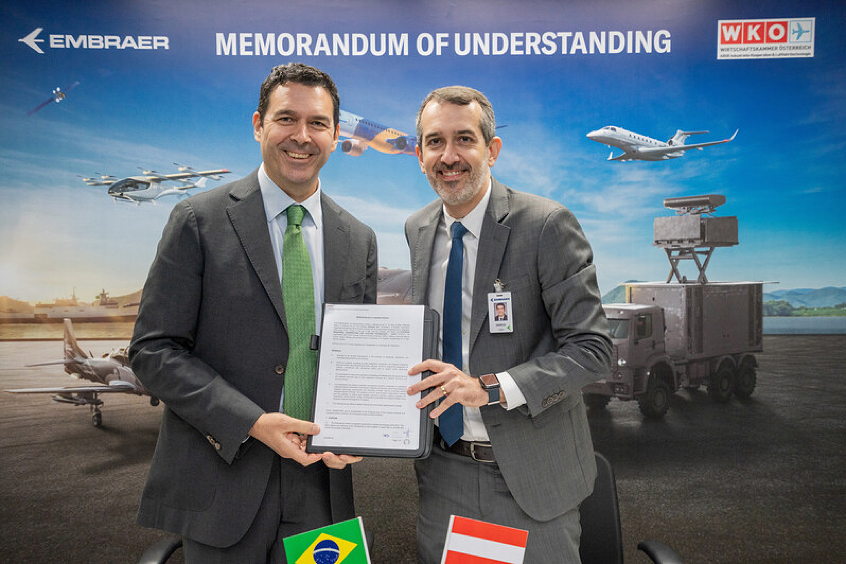What do you get when you combine fuel cells with a turbine engine running on Sustainable Aviation Fuel (SAF)? GE Aerospace researchers are aiming for a future of flight with net zero CO2 emissions.
Following the successful completion of the design phase of its FLyCLEEN project, ARPA-E has awarded GE Aerospace Research $4.5 million in Phase 2 funding to take the next step of building and demonstrating a 25kW power generation subsystem integrating solid oxide fuel cells with a SAF-powered gas turbine for hybrid electric propulsion. The use of fuel cells could vastly improve the efficiency of converting the chemical energy from SAF into electric power and move closer to net zero CO2 emissions.
John Hong, a GE Aerospace senior combustion research engineer and FLyCLEEN project leader, says the team is bringing to bear nearly two decades of experience in solid oxide fuel cell technology to support the development and demonstration of a high efficiency power generation system with lower carbon emissions, stating, “The integration of fuel cells into jet engine propulsion system represents a potentially promising hybrid technology for additional fuel efficiency technologies in higher thrust aircraft applications,” Hong remarked. “The use of SAF demonstrates the compatibility with lower carbon fuels to capture further CO2 reduction benefits.”
Hong explained that this hybrid approach uses SAF in both the fuel cells and gas turbines. A portion of SAF is reformed to Syngas to feed the fuel cells, while the rest of SAF is consumed in gas turbine engine. This is a novel concept to combine the two. For more details, watch this video with John explaining how the FLyCLEEN system works.
Hong added, “This is such an exciting time for the aerospace industry. From fuel cells and SAF to advances in electric power, hydrogen, and even new engine architectures like our open fan design, we are seeing a confluence of technologies driving progress on a number of fronts. And we will need every bit of new investments and public partnerships like we have with ARPA-E to meet the industry's goal of net zero CO2 emissions by 2050.”
GE Aerospace Research's ongoing programs in hybrid electric propulsion with ARPA-E are a great complement to the CFM RISE (Revolutionary Innovation for Sustainable Engines) program, a major technology demonstrator GE Aerospace unveiled with its 50/50 joint venture partner, Safran, in 2021. This demonstrator program aims to deliver a 20% reduction in fuel consumption compared to engines today, which would represent a major step change in propulsion efficiency.
Along with advancing hybrid electric propulsion technologies, CFM RISE also is driving advancements in hydrogen fueled and 100% SAF jet engines, as well as transformational new engine architectures like an open fan design recently featured at the Paris Air Show this past June.
| Contact details from our directory: | |
| GE Research | Design Services, Research/Consulting Services |
| GE Aerospace Engines | Turboprop Engines, Turboshaft Engines, Turbofan Engines, Turbojet Engines |
| Related directory sectors: |
| Engines |
| Design |
Weekly news by email:
See the latest Bulletin, and sign up free‑of‑charge for future editions.

Amprius and Stafl team up for battery pack innovation

RISE engine efficiency project gains momentum

Dufour picks Mejzlik propeller blades for the Aero2
